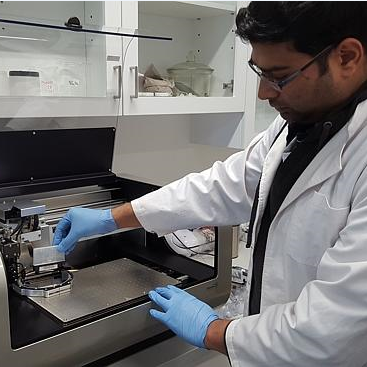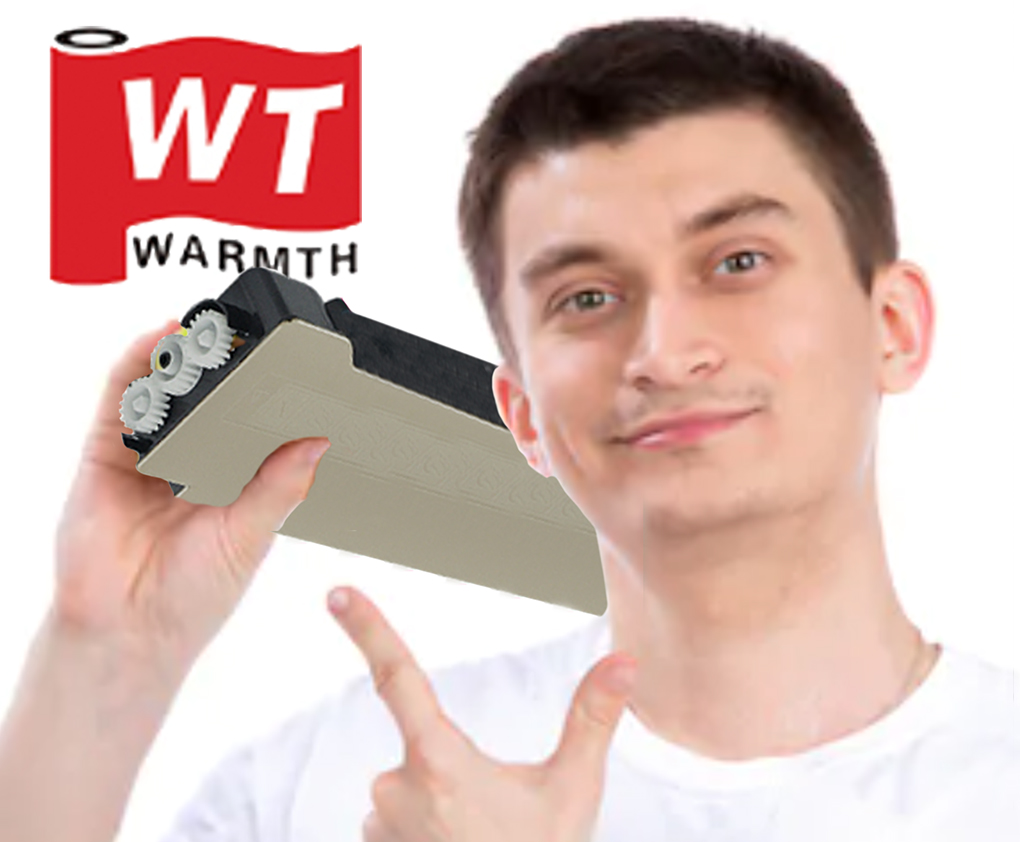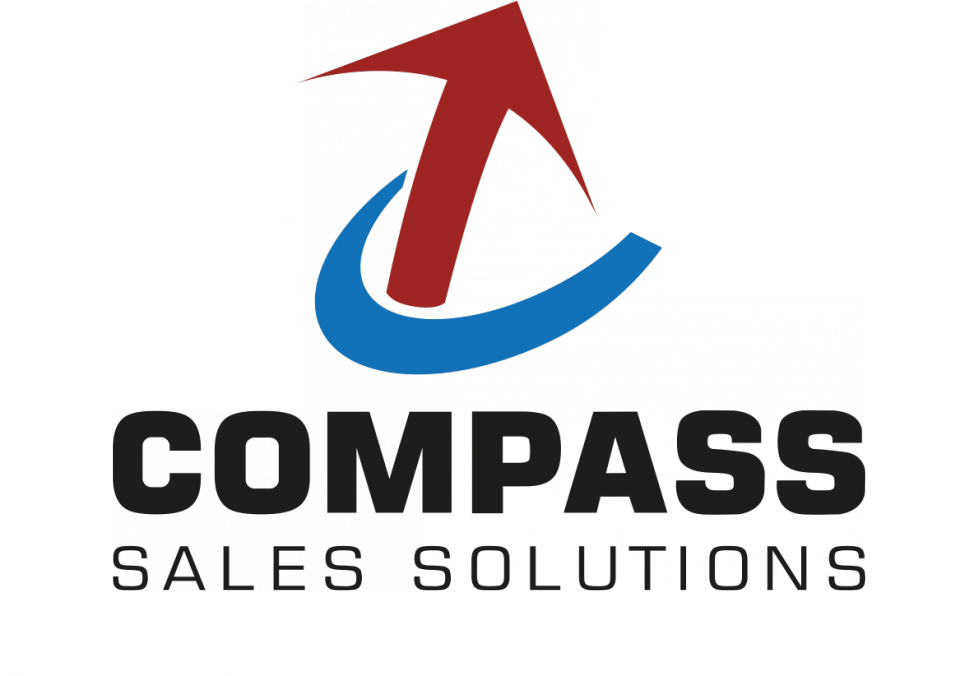Memory Ink for Transparent Computers
 As part of the project to build a totally transparent computer, Australian scientists have developed a memory ink that can store vast amounts of information, and be printed on to surfaces by inkjet printers.
As part of the project to build a totally transparent computer, Australian scientists have developed a memory ink that can store vast amounts of information, and be printed on to surfaces by inkjet printers.
Appearing transparent, the memory ink is said to contain microscopic ceramic cubes that are 10,000 times thinner than a human hair. The ceramic cubes are made from the rare earth mineral cerium oxide, and each is about 10 nanometers thick.
Professor Sean Li, leading scientist from the University of NSW School of Materials Science and Engineering, advised that two trillion cubes could fit in a memory cell configuration the size of a standard postage stamp. The cubes could self-assemble automatically when placed in a solution and deposited on to a conductive surface using an inkjet printer.
Professor Li also claims that the nanocubes had unique physical properties for microelectronics, and could be used for what’s known as resistive random access memory (RRAM) devices.
The publicly-listed firm, Strategic Elements, has been granted a license to develop and commercialize the technology. Charles Murphy, Managing director of the company, said: “From our perspective, we have a technology with a global market that is unlike anything else available, developed by a team of passionate researchers at the No 1 materials science school in the country. This is a completely different way of potentially providing high performance memory.”
Mr. Murphy also indicated that the technology was not confined to inkjet printing. On the contrary, it could be applied to other hi-tech fabrication processes, such as aerosol jet printing and roll-to-roll processing.

You’re Welcome to Contact Us!
You can provide opinions and comments on this story!
Or you can send us your own story!
Please contact Violien Wu, Head of News & Editorial, via violien.wu@iRecyclingTimes.com






Leave a Comment
Want to join the discussion?Feel free to contribute!